The pair of valuable paintings was made in 1786 (as reported by aninscription on the back of one of the two paintings) by Vittorio Amedeo Rapos(or Raposo), one of the best active painters in Piedmont in the second half ofthe eighteenth century. In the canvas presented here on the left is an allegory of spring withchildren playing, running with a dog and chasing hares; The work of the rightrepresents the allegory of autumn with four putti who linger around a cartpulled by a sheep. The canvases are characterized by a precious light and adelicate and calibrated color range. The two works can be connected with the paintings of Rapos of the years1780-1790 made for the Royal Palace of Turin and comparable with otherpaintings of allegorical theme of the author kept at the Bana Intesa San Paoloin Turin, Palazzina di Caccia di Stupinigi and the Palazzina Marone Cinzano(now the headquarters of the Industrial Union of Turin). Clearly derived fromFrench prototypes of the Louis XV era, the genre treated since ancient timesand also spread among the Italian Renaissance painters in the form ofbacchanalia, again willingly by painters of the seventeenth-century classicism,During the eighteenth century France experienced a growing success. Thesubjects proposed an innocent and at the same time mischievous vision of therelations between the sexes, and evoked the idea of an archaic and pastoralworld full of grace and seduction.The paintings were perhaps parts of a boiserie or a decorative set notyet identified (perhaps allegories of the four seasons or personifications ofthe twelve months of the year). Given the high quality and refined taste thatpervades them, it is believed that they were created within the Turin Court orits closest entourage.Vittorio Amedeo Rapos, painter linked to the Courtof Turin, in 1747 is reported by documents as present in the celebrated schoolof Claudio Francesco Beaumont. Since 1752 his activity as author of cartoonsfor the tapestries of the Regia Manifattura Torinese has been documented; fromthe same year he also began a business of portraitist. In 1759 Rapos was aconfrere of the Accademia di San Luca in Turin and from this time he began topaint religious altarpieces for many churches in Piedmont. Under the guidanceof Beaumont, Rapos practiced all kinds of painting, including landscape,collaborating in 1757 with Vittorio Amedeo Cignaroli for the Palazzina diStupinigi. Also for Stupinigi, he painted in 1765 all the decoration of thebedroom of the Duke of Chiablese with hunting trophies, cherubs and flowers. Inthe seventies the artist is now in full expansion and works for the Court,painting paintings for the castle of Moncalieri and churches. In 1778 he wasappointed professor of the re-established Academy of Fine Arts in Turin and wasregistered with the members until his death. In the eighties his activityexpanded still geographically, with works created for the Asti, the Cuneo, theEporediese, and for the Susa Valley. In 1785 he received commissions from theSavoy and the Dukes of Aosta, as well as for many prestigious churches inTurin.Rapos’s style is unmistakable in the rather complex panorama of theBeaumont school. The painter uses in fact very special color ranges with clearand cold shades of crystal clear transparency. With sharpness of designelaborates works crowded with characters of an elegance sometimes icy andstatic that already borders on neoclassicism. Strongly influenced by the art ofhis master, Rapos in his maturity gradually detached himself from thecontemporary French painting with evident and strong influences from Boucherand Jean Marie Vien.
We apologize for any translation errors.
A historical-artistic study by Arabella Cifani is included.


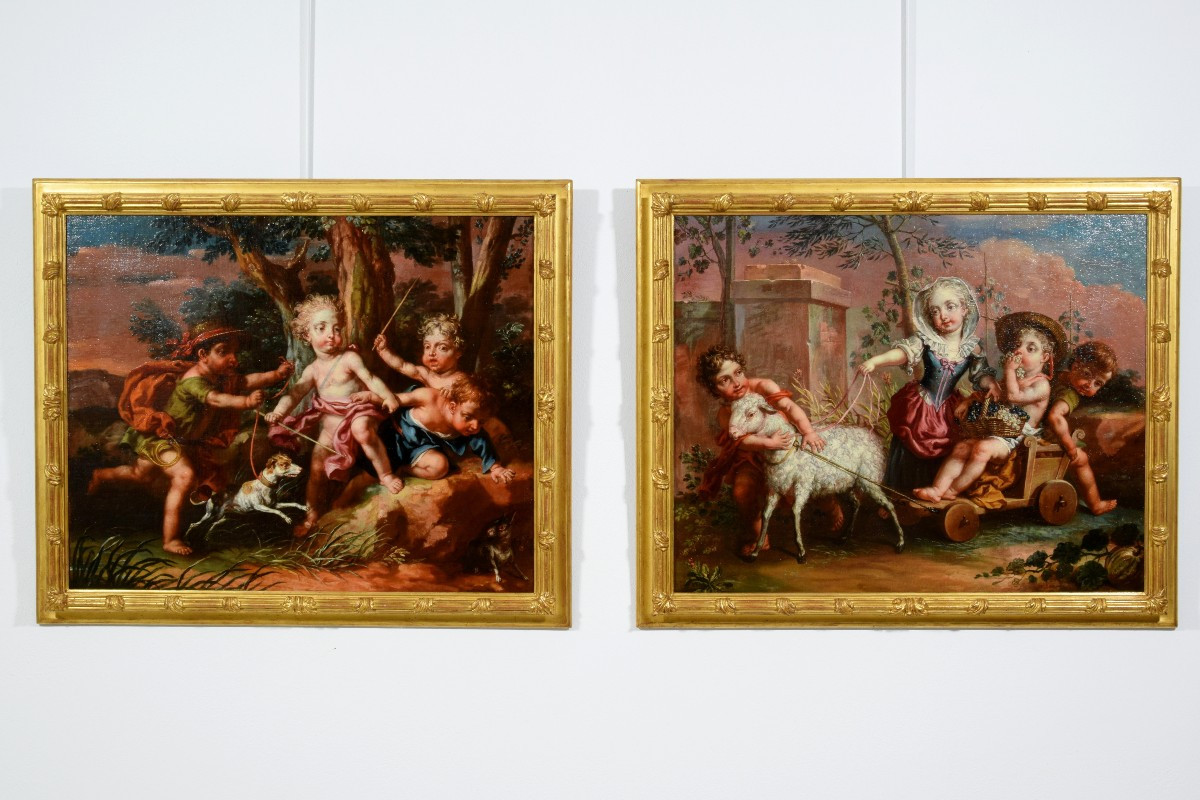

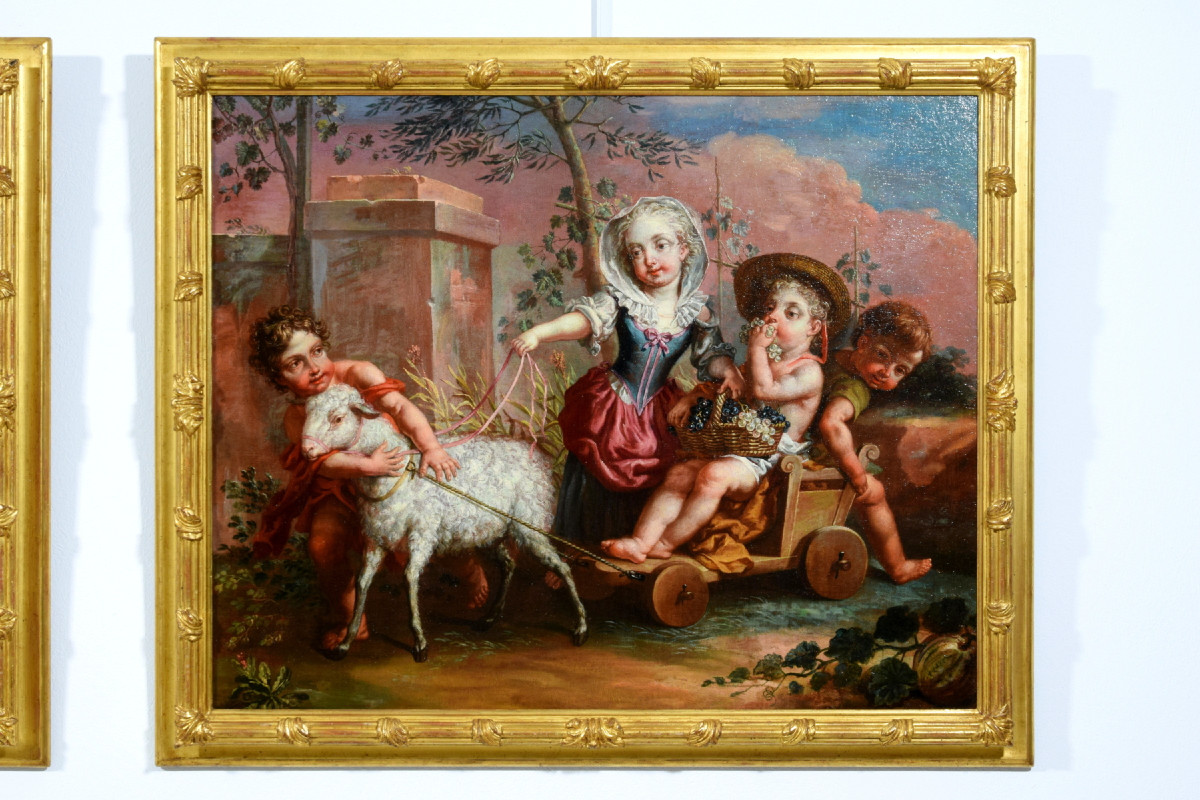
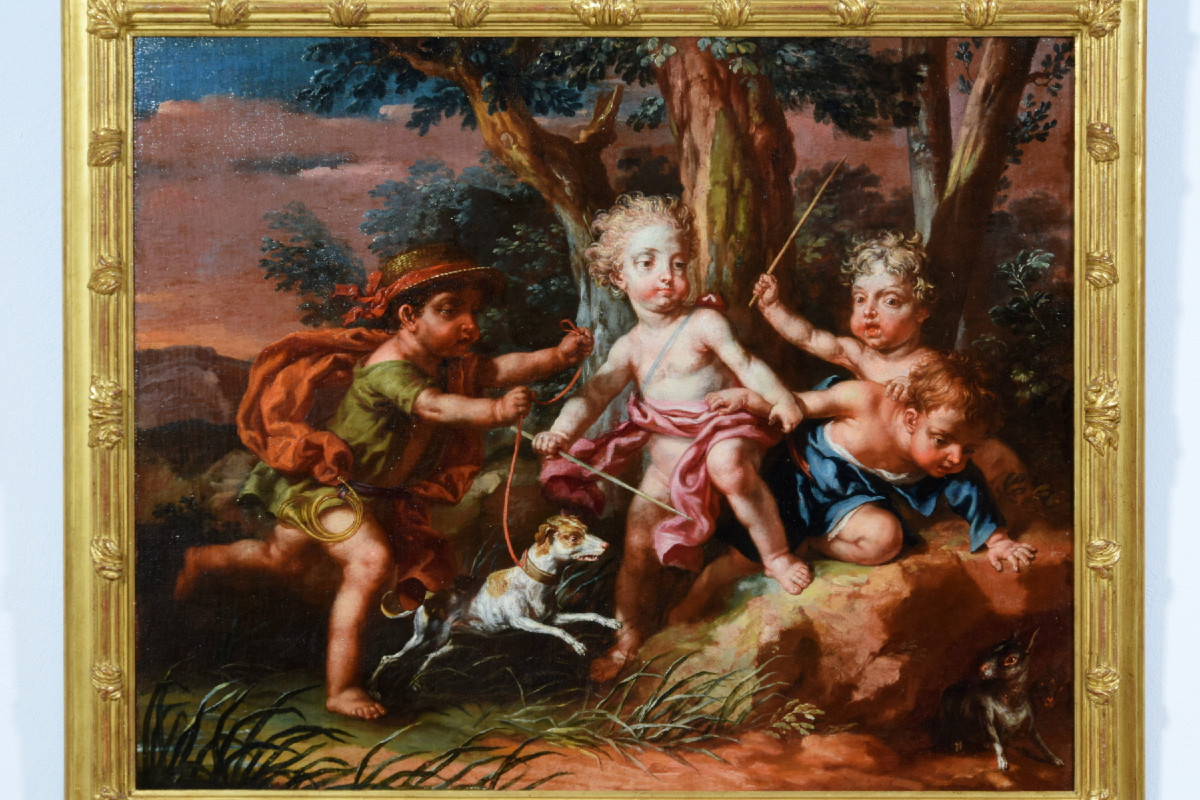
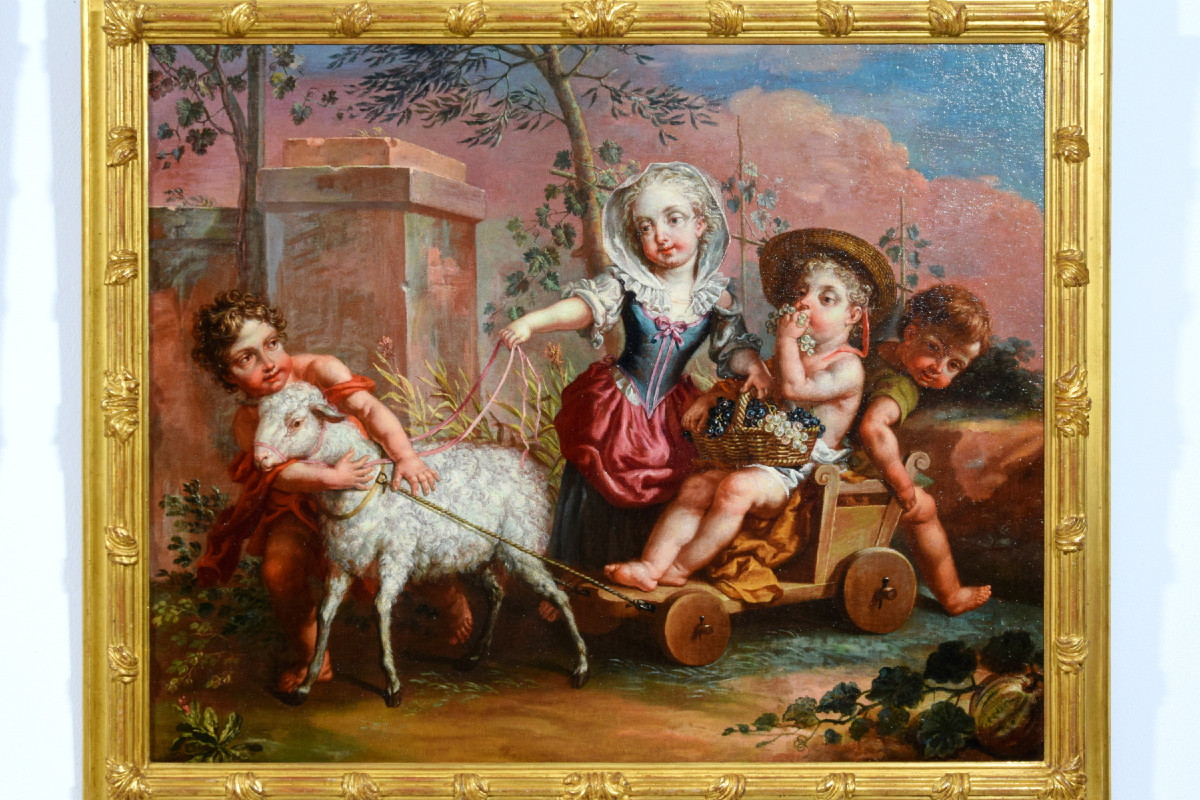


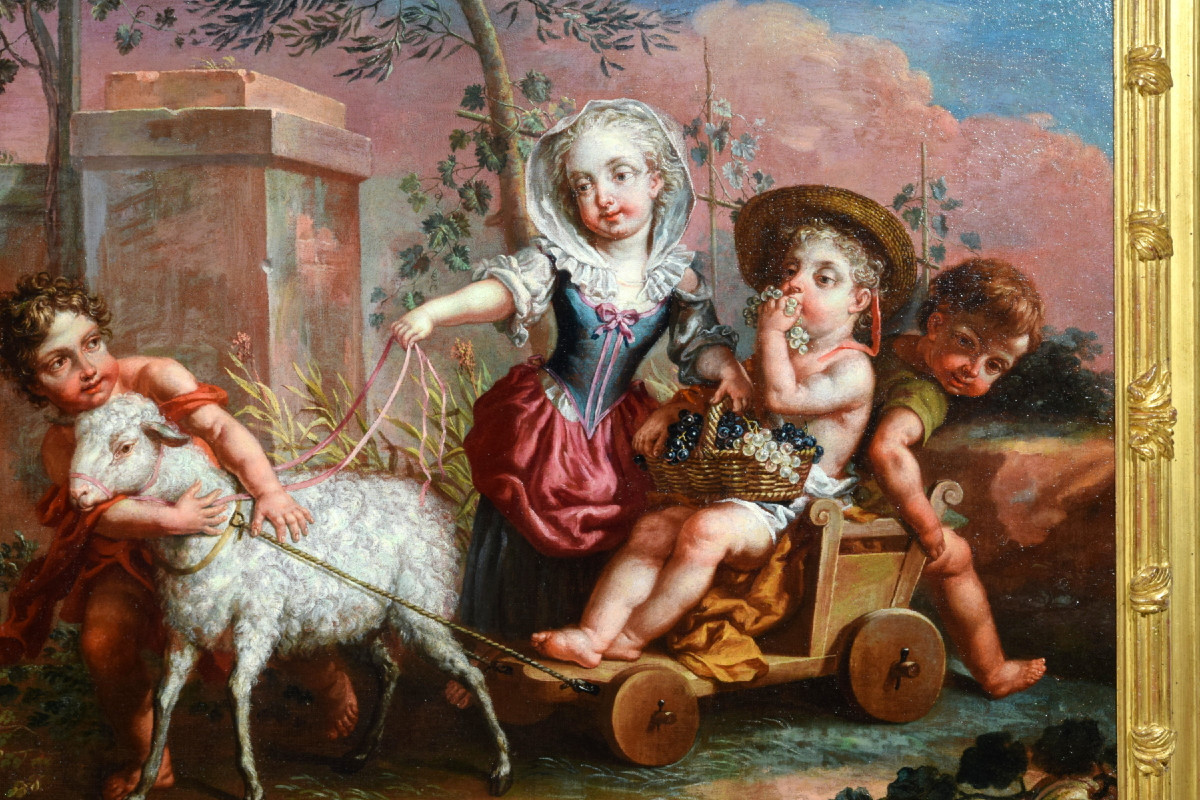


















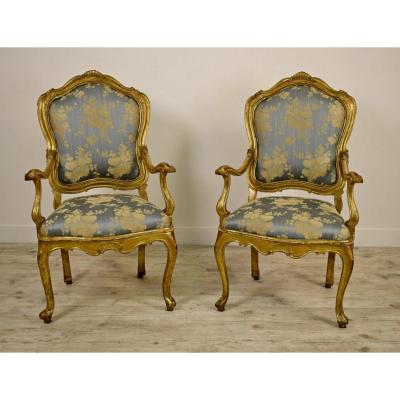

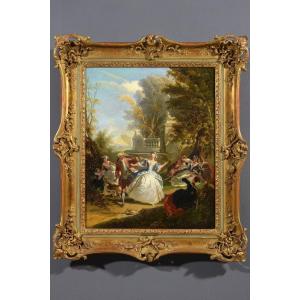
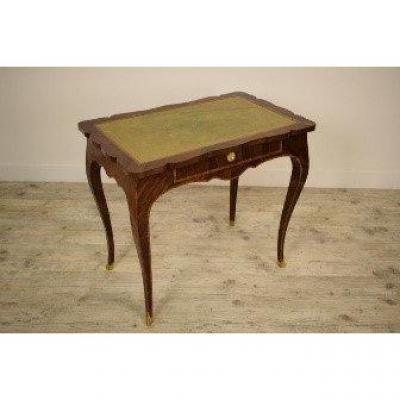
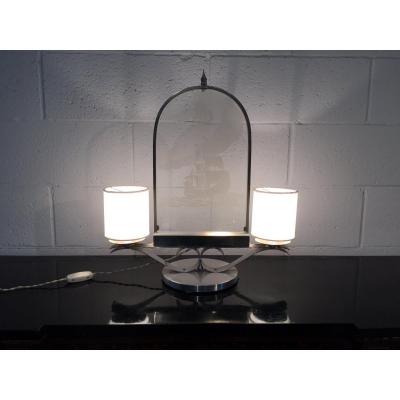
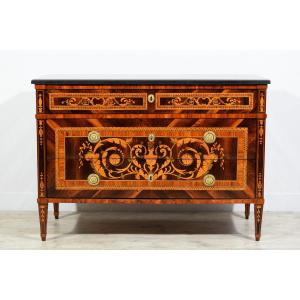





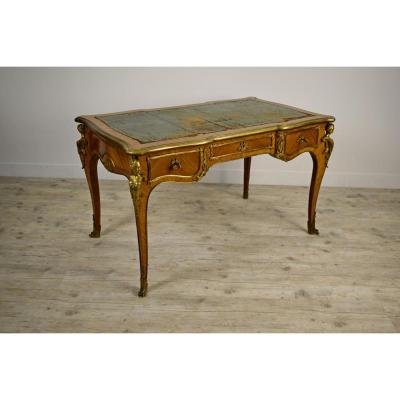



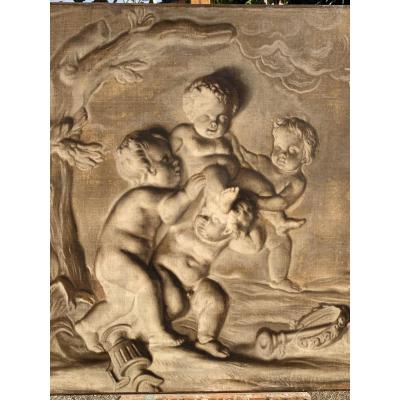
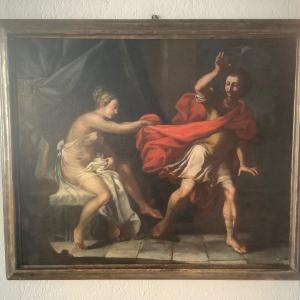
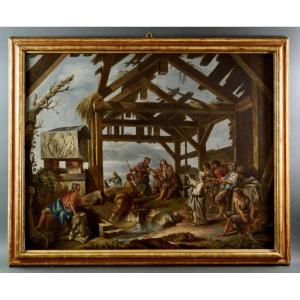




 Le Magazine de PROANTIC
Le Magazine de PROANTIC TRÉSORS Magazine
TRÉSORS Magazine Rivista Artiquariato
Rivista Artiquariato